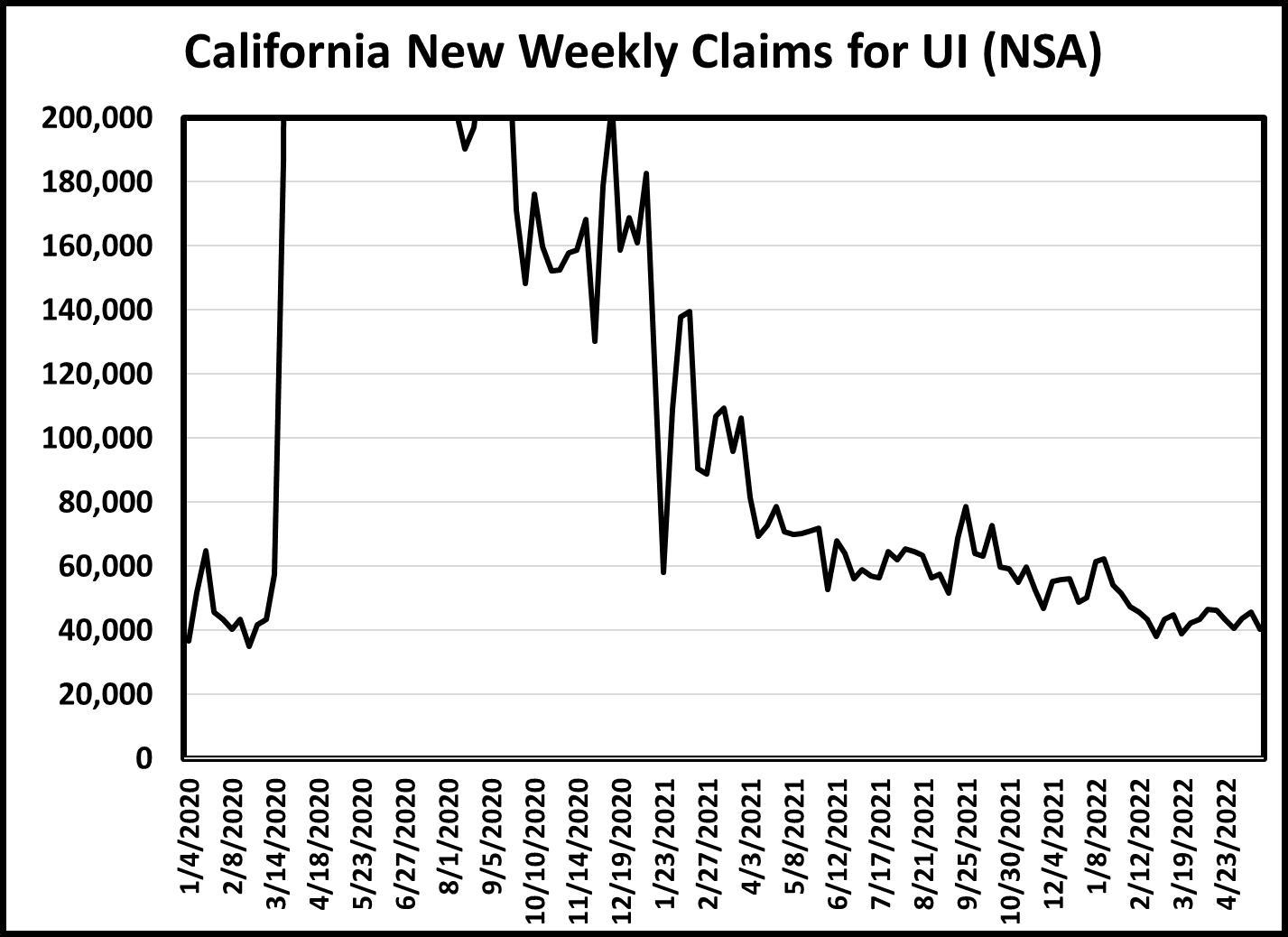Where will it lead? Saturday, June 04, 2022
You may have seen a recent article in the LA Times - excerpt below - concerning a legislative effort by a Riverside state assembly member to get extra funding for UCRiverside. It is interesting that in the video of the related news conference, although there are various speakers, you don't see the chancellor of UC-Riverside. And in the article, there is a cautious statement from UCOP that the bill in question is being evaluated. It's not surprising that UCOP is cautious, since a process whereby each campus goes to the legislative branch to trying to get a larger share of the pie could have unintended consequences. It tends to undermine the constitutional autonomy of UC and the Regents, such as it is. One can imagine scenarios in which inter-campus squabbles over who gets what leads to less funding overall. There is the old adage about hanging together or hanging separately. From time to time, we have pointed to the need for a renewed Master Plan for Higher Education, since the old 1960 version is clearly eroding. The legislative push for larger undergraduate enrollments is making the need for a new Master Plan more evident. From the LA Times: Jordan Guillory, a UC Riverside junior, is never sure where his math class will meet. Sometimes, it’s outdoors. Other times, it’s an empty lecture hall. The class never received an assigned classroom as the Inland Empire campus grappled with a 4,450-seat shortfall in instructional space, the second-highest deficit in the University of California system. Guillory, a low-income transfer student from San Diego Miramar College, is already behind schedule to graduate in the expected two years. He wasn’t able to get sufficient advising and missed taking a course in a needed math sequence, which will set back his graduation by at least a quarter. UC Riverside is short more than 700 staff members and 100 faculty members, compared with the UC systemwide average per-student ratios.
And he and other UC Riverside students, faculty and staff endure leaking roofs, falling ceiling tiles laden with asbestos, lead-based paint peeling from walls and power failures that have destroyed laboratory research specimens. Those conditions outrage many campus members and influential supporters such as Assemblyman Jose Medina (DRiverside). They question why the Inland Empire campus — which educates the system’s second-highest share of California low-income students of color — lacks the resources of other campuses.
UCLA Faculty Association Blog: 2nd Quarter 2022
219
































































































